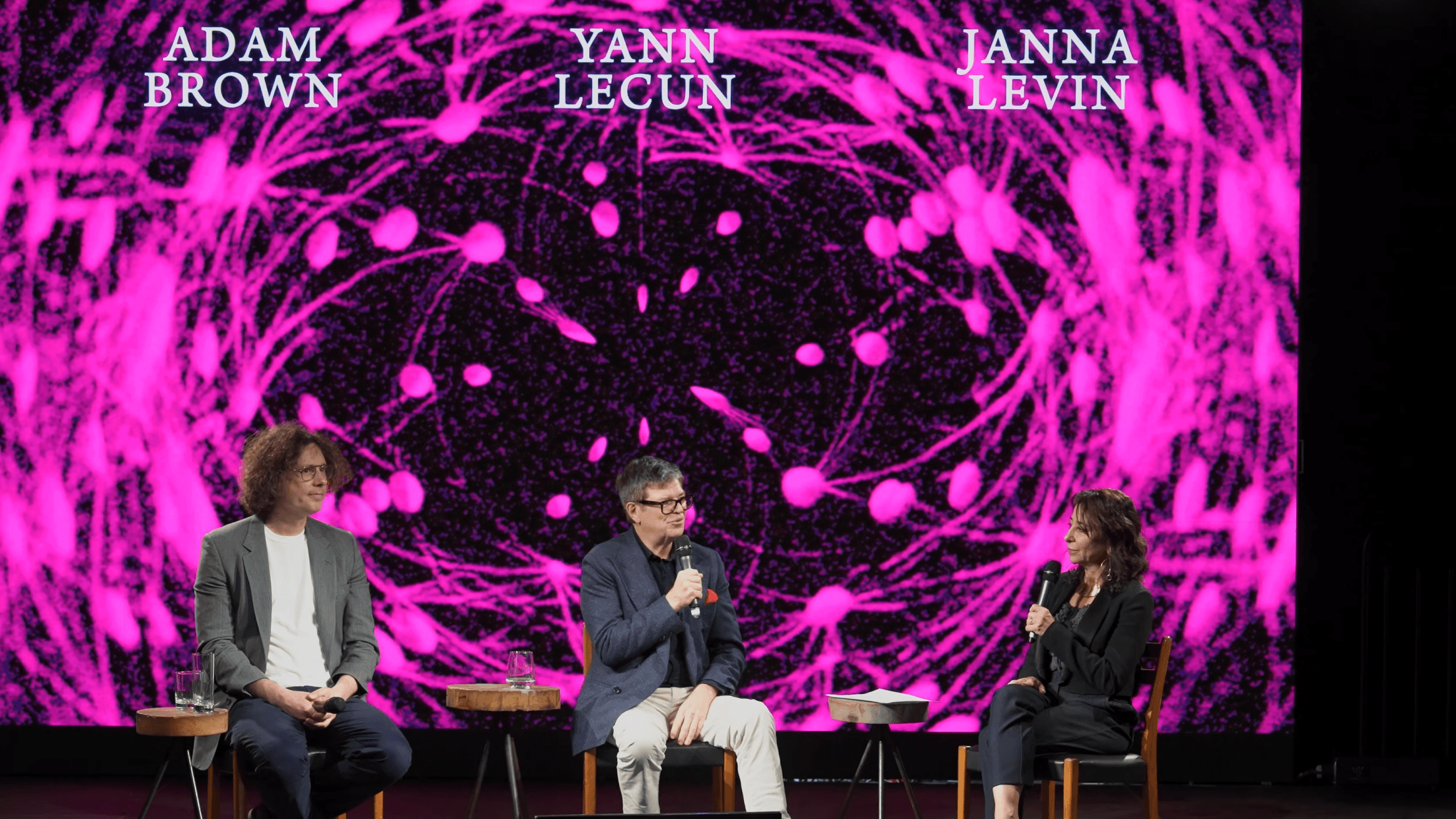Google has released an update for Gemini 2.5 Flash Native Audio that makes voice assistants more capable. The model now handles complex workflows better, follows user instructions more precisely, and conducts more natural conversations. Compliance with developer instructions jumped from 84 to 90 percent, and call quality in multi-step conversations has also improved.
According to Google, the updated audio model scores 71.5 percent accuracy on function calls in the ComplexFuncBench benchmark, putting it ahead of OpenAI's gpt-realtime at 66.5 percent. It's worth noting, though, that Google likely didn't test against the latest realtime version, which OpenAI released just yesterday.
The update is now available in Google AI Studio, Vertex AI, Gemini Live, and Search Live. Google Cloud customers are already using the technology, and developers can test the model through the Gemini API.



